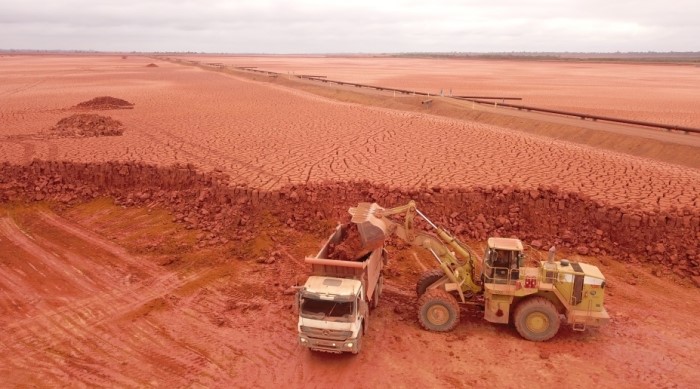

Hydro Paragominas has come up with a smart solution for managing waste.

The company is the country's second-largest bauxite producer and mines in Paragominas, Pará. They have found an innovative way to handle tailings (waste material from mining), which doesn't involve the risky use of tailings dams. This new approach is called the TDB (Tailings Dry Backfill) method. Here's how it works:
This approach is the first of its kind in Brazil's bauxite industry and earned Hydro Paragominas the title of Company of the Year in the Mineral Sector's Environmental Governance category.
Anderson Martins, the Industrial Director at Hydro Paragominas, hatched the idea for TDB in 2020, and they quickly put the plan into action after obtaining the necessary permits. The key is to allow the waste material to dry naturally in dedicated areas through evaporation. Then, they recover and reuse it to fill in the open pits from the bauxite extraction process.
Their system, Plateau, consists of four reservoirs where the tailings are arranged in layers to dry and become more stable. This Plateau System, RP1, is built on an old bauxite mining site and can hold around 11 million cubic meters of waste. It's divided into four tailings reservoirs and eight water reservoirs for recycling water in their production process.
The great thing is that these tailings are purely physical waste since no chemicals are involved in processing bauxite. So they can be safely disposed of without any risk of contamination. The material dries year-round, and every 60 days, the dried material is loaded into trucks and transported to the mine area to fill the pits. They use trucks, tractors, and excavators for this operation.
In the mining process, Hydro Paragominas follows these steps:
According to Martins, one significant advantage of TDB is that they no longer need to build or raise tailings dams, eliminating the associated risks.
If you want to know more about the South American aluminium industry, read AL Circle's latest e-Magazine.



Responses






